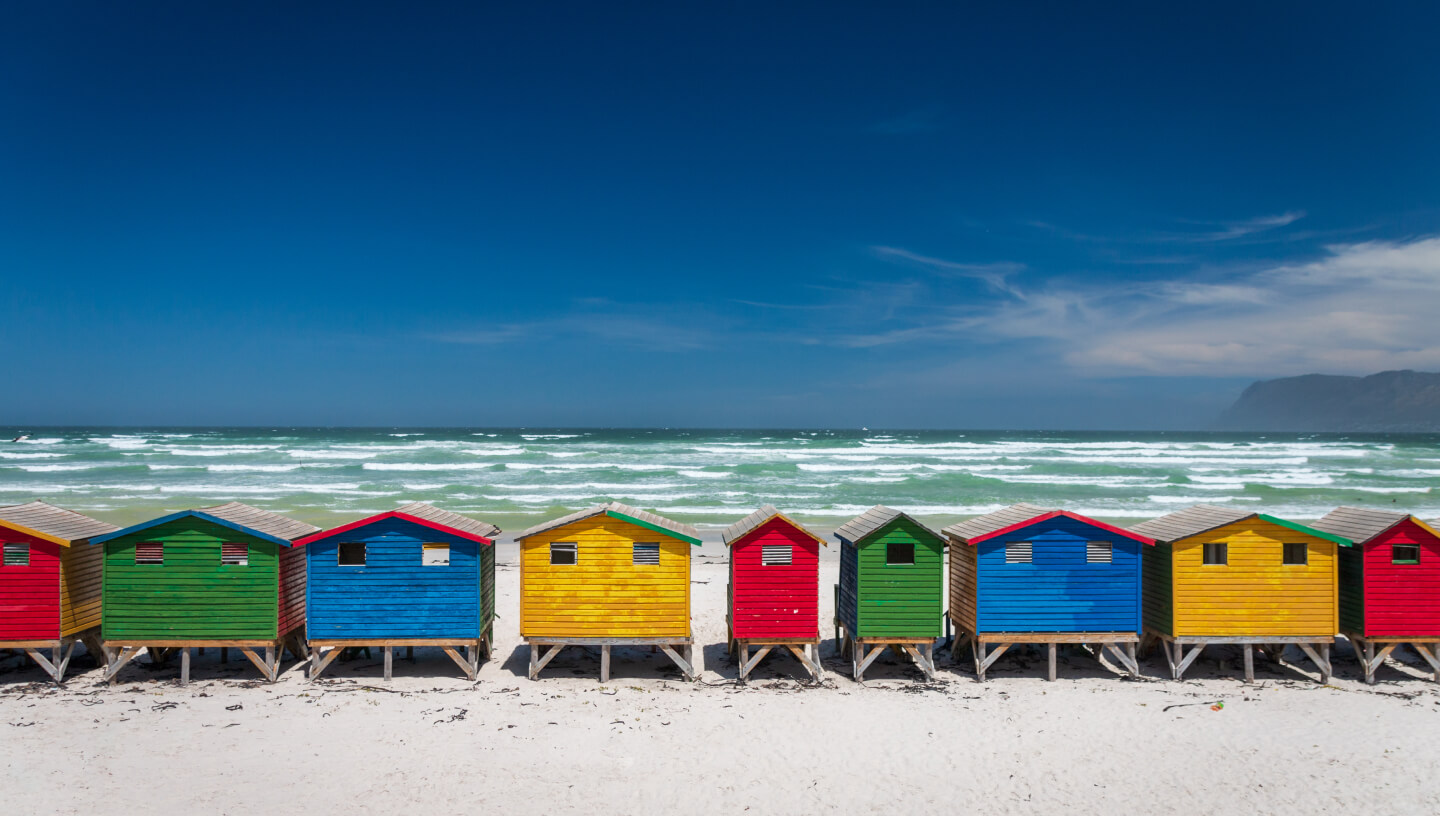11.10.2022
South Africa changes public spaces for climate transformation
 Photo by: emson / iStock
Photo by: emson / iStock
In South Africa’s second most populous city, Cape Town, important changes are taking place in the design of public spaces by local youths. And the change is not just about material objects but also, as a consequence, about social relations.
For many years South Africa had an official policy of apartheid, a racially segregated population. Public places and transport were segregated for the use of whites and blacks. The latter were effectively deprived of the right to live in the cities. The urban infrastructure was thus created with the aim of accommodating a rather small percentage of the population. The apartheid policy was abolished in 1994, but many public places in South Africa have still not been reorganised.
The Young Urbanists of South Africa (YUCA) is working to end the ‘spatial violence’ left over from apartheid and bring global change to the urban public realm. Coordinator Roland Postma believes that cities and public spaces have a unique opportunity to address issues related to public health, transport and even climate change and biodiversity loss through design. “It all depends on exactly how we redesign each street or individual space. And this is something we can do as a country, despite the challenges we face,” says Postma.
One of the projects for the near future involves modernising the Muizenberg promenade. Currently, its functionality is car-oriented, and according to the current plan, another car park is to be created here.
The priority of cars over public transport and pedestrians is not just a problem in Cape Town. “Young urbanists” also see it as a legacy of apartheid, because before people were not equal because of skin colour and now because of material status — i.e. whether they have a car or not.
That is why the embankment renovation project has been protested by the Young Urbanists. After all, apart from the ethical side of the issue, the car park will only increase the population’s dependence on private cars, which in addition contribute to air pollution and climate change due to exhaust fumes.
To find the most sustainable solution for the waterfront, the Young Urbanists suggested that the waterfront redevelopment project should be discussed with the people of the city. And in order to continue to be able to work with the community on the modernisation of the city, the South African Young Urbanists began to actively collaborate with the City of Cape Town in holding an Urban Design Mobility Forum. Thus, they are creating a dialogue between the population and the city government.
The Young Urbanists of South Africa now operate in Cape Town, but plan to open an office in Stellenbosch and other cities in the country, such as Pretoria and Durban, as soon as possible.
It should be noted that projects such as this play an enormous role not only in transforming society, they also contribute significantly to adapting cities to reduce emissions and, consequently, to climate stability. It is important that public institutions that have become rigid in the old way of organising public space bear the mark of neglect for climate sustainability. The goal of Young Urbanists around the world is to correct this.
Cover photo: shaun / iStock




Comments